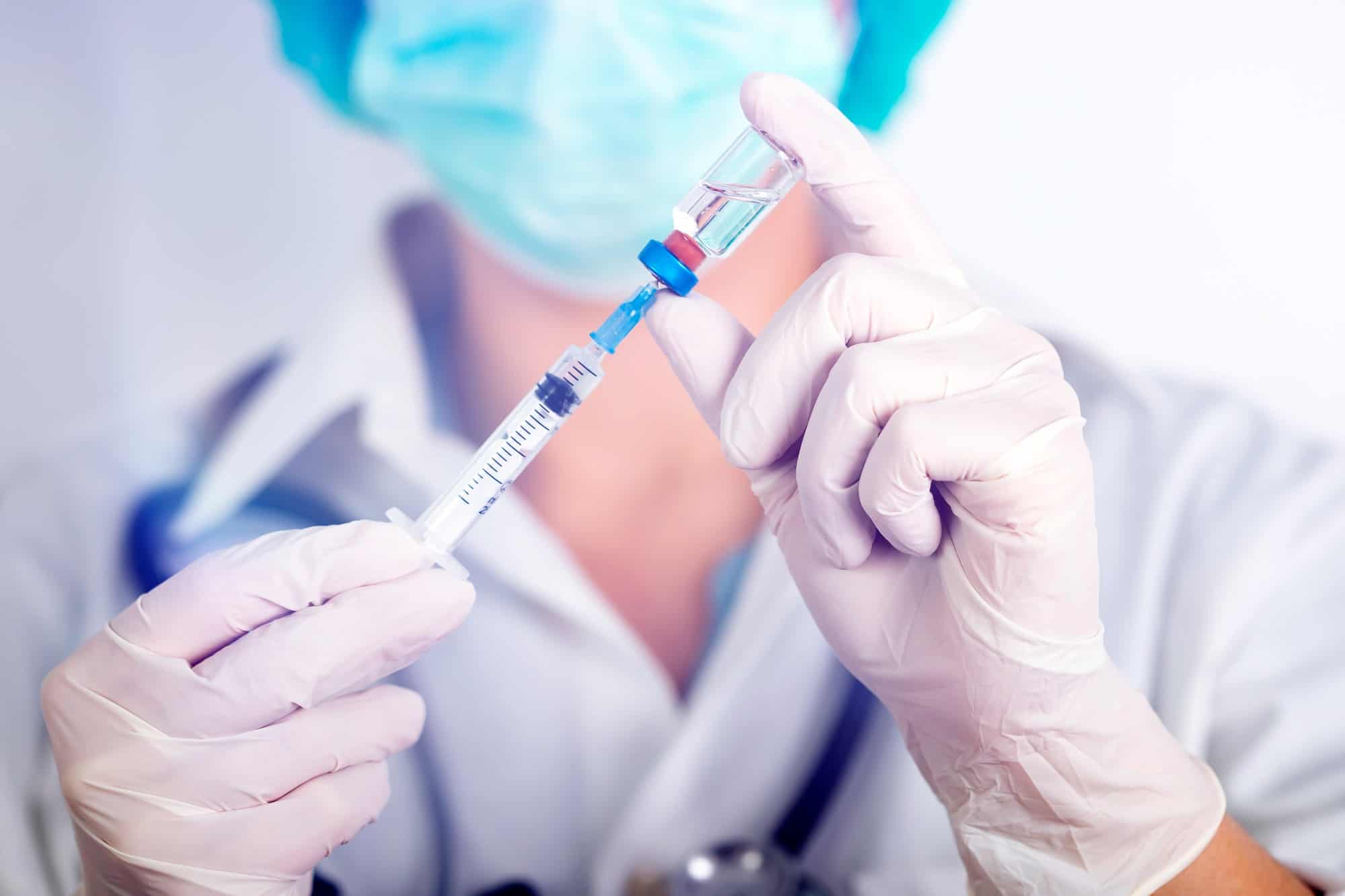New York, July 14 (IANS) Researchers have discovered a common molecular feature found in many of the human antibodies that neutralise SARS-CoV-2, the coronavirus that causes COVID-19.
For the findings, published in the journal Science, the research team reviewed data on nearly 300 anti-SARS-CoV-2 antibodies that their labs and others have found in convalescent Covid-19 patients over the past few months.
They noted that a subset of these antibodies is particularly powerful at neutralising the virus and these potent antibodies are all encoded, in part, by the same antibody gene, IGHV3-53.
“This study provides important inspiration for effective Covid-19 vaccine design,” said study co-author Dennis Burton from the Scripps Research Institute in the US.
Prior research suggests that antibodies encoded by IGHV3-53 are generally present, at least in small numbers, in healthy people’s blood.
According to the researchers, the results contribute to growing structural insight that will be needed for successful vaccine development against SARS-CoV-2.
As the global Covid-19 pandemic continues, multiple vaccine candidates have entered clinical trials. Yet, the molecular features that contribute to the most effective antibody response remain unclear.
The researchers said that the spike protein of SARS-CoV-2 uses its receptor-binding domain (RBD) to infect the host receptor, ACE2, on human cells. Antibodies that could target RBD and block binding to ACE2 are highly sought, and a number have been discovered.
Here, the research team compiled a list of 294 such RBD-targeting antibodies.
By analysing them, they found that a gene in the IGHV gene family, known as IGHV3-53, is the most frequently used IGHV gene for targeting the RBD of the virus spike protein. IGHV3-53 antibodies, the authors said, not only have lower mutation rates but are also more potent.
By studying the crystal structures of two IGHV3-53 antibodies bound to the RBD, the researchers identified the features that lead them to be so effective at binding and so highly potent, features that make them promising for vaccine design.
This detailed insight into IGHV-53 neutralising antibodies should facilitate the design of vaccine antigens that elicit this type of neutralising antibody response, the researchers said.
“As IGHV3-53 is found at a reasonable frequency in healthy individuals, this particular antibody response could be commonly elicited during vaccination,” the study authors wrote.

